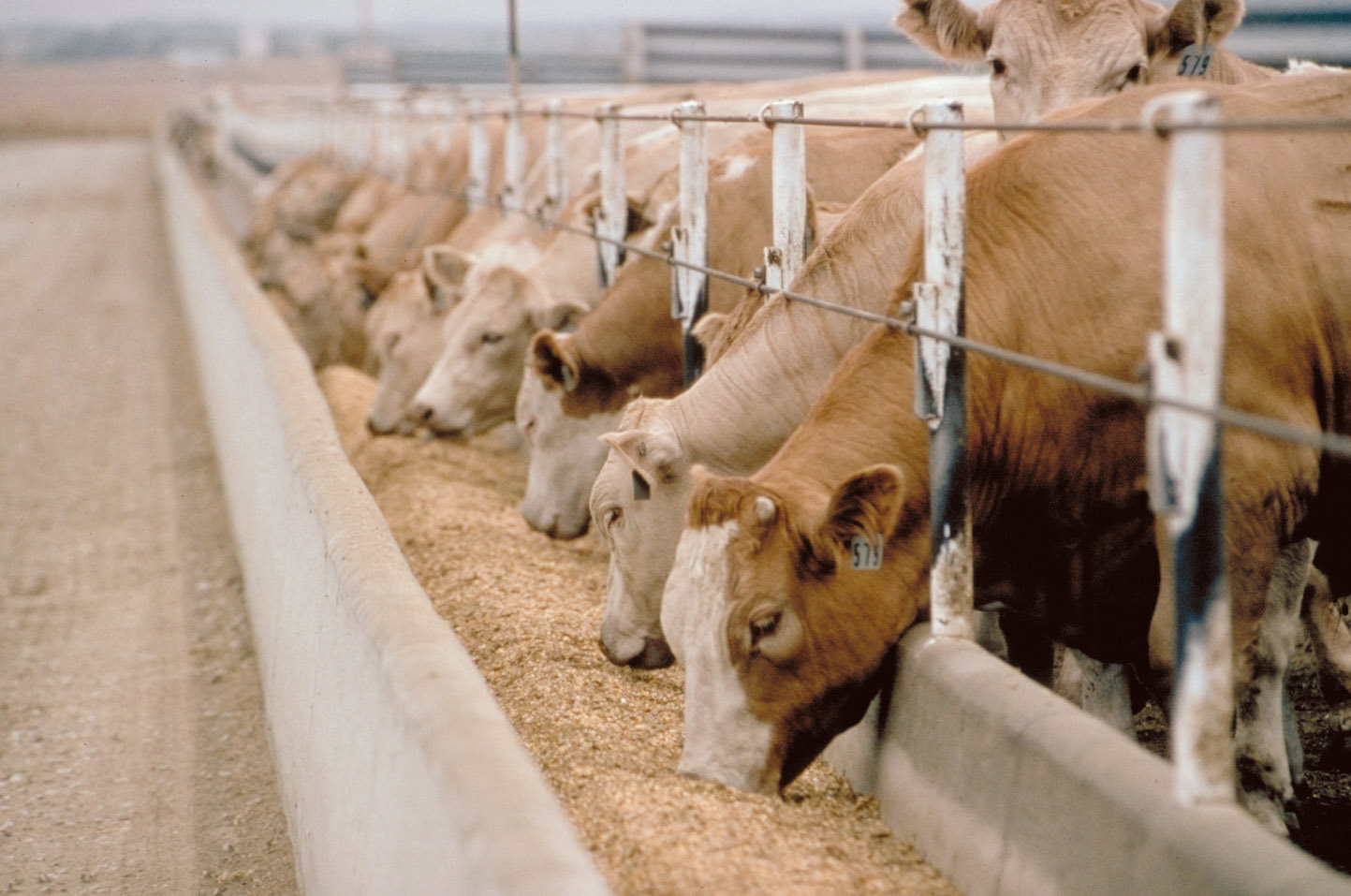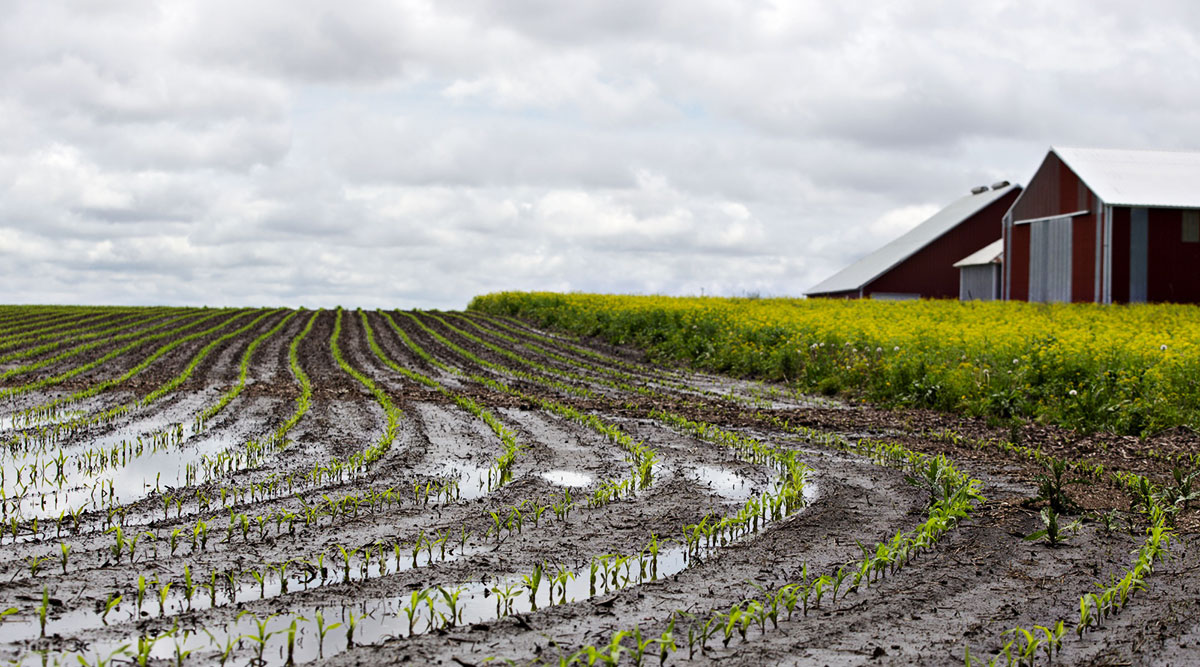Calf crop percentage as a critical management and production indicator
THIS week we want to discuss three production terms in livestock production. These terms can easily be mistaken to mean the same thing but they are different and we want to understand them as such.
These are pregnancy rate, calving rate and calf crop percentage. It is important for livestock farmers to understand these terms as they speak to your management contribution in the beef production enterprise.
The pregnancy rate which in itself is an indicator of the fertility rate in your herd, refers to the percentage of mated or inseminated cows or heifers that become pregnant or conceive.
It is also called the conception rate. Therefore, if you mated 10 cows and seven conceived, your pregnancy rate or conception rate as a percentage becomes 70 percent.
Obviously, you have to do a pregnancy diagnosis after about three months, depending on the method used, to confirm conception.
However, it does not always follow that because seven of your cows from the 10 mated, were confirmed pregnant, seven calves will be born.
The number of calves eventually born may be less than the number of cows or heifers confirmed pregnant. A number of reasons can be advanced for that ranging from inaccurate pregnancy diagnosis to foetal loss at any stage by the cow or heifer.
The third production term we need to understand is the calf crop percentage. This looks at the number of calves weaned expressed as a percentage of cows or heifers that were mated. In other words, out of the 10 cows which were mated how many calves did we wean?
It is a measurement parameter which says, yes, I mated 10 cows, then what happened? Seven of them were confirmed pregnant by my veterinary doctor, then what happened? Actually only six cows gave me calves, then what happened to the six calves?
I only managed to wean four of the calves after eight months.
Two calves died between calving and weaning due to different causes.
Therefore, your calf crop percentage becomes 40 percent because you weaned four calves from the 10 cows that you mated to the bull.
The calf crop percentage as a production indicator is very important to the livestock farmer because it talks to your annual offtake and your organic growth of the herd.
You cannot wean four calves and sell seven animals from your herd that year and expect your herd to grow organically.
You will have to buy in some stock if you want your herd to grow that particular year.
So, if you wean four calves and you sell three animals that year, your organic herd growth is by one animal, which you can express as a percentage of the whole herd!
It is thus instructive for a livestock farmer to keep his management practice at the top throughout the year so that you can have a positive impact on all those three production parameters that we have explained above. You have to keep your animal nutrition good so that your animals especially your cows and heifers can maintain a good body condition score and be able to breed.
After conception your animals still to be both in perfect health and nutrition so that no animal aborts at the foetus at any stage during to either nutritional stress or disease stress.
The cows and heifers must be managed such that they can carry the calf full term until calving down.
After calving down, your cow and calf management practices must be able to not only to allow the calf to grow to weaning stage but also to allow the cow to breed again within three months after calving down.
Preventing calf mortality is very important if your calf crop percentage is to be a health figure.
Processes that occur naturally like mating are usually accurate in the absence of stress factors such that the percentage of cows that actually conceived can be very decent up to 90 percent.
The management factor will then come in and start to drop the percentage of the next production indicator and the next till the final calf crop percentage is very low.
The call therefore is for livestock farmers to keep an eye on the management dash board all the time and ensure that the discussed production parameters score high throughout so that what we eventually harvest (calf crop percentage) is high enough to give us latitude for a decent annual offtake and a decent annual organic herd growth.sundaynews










